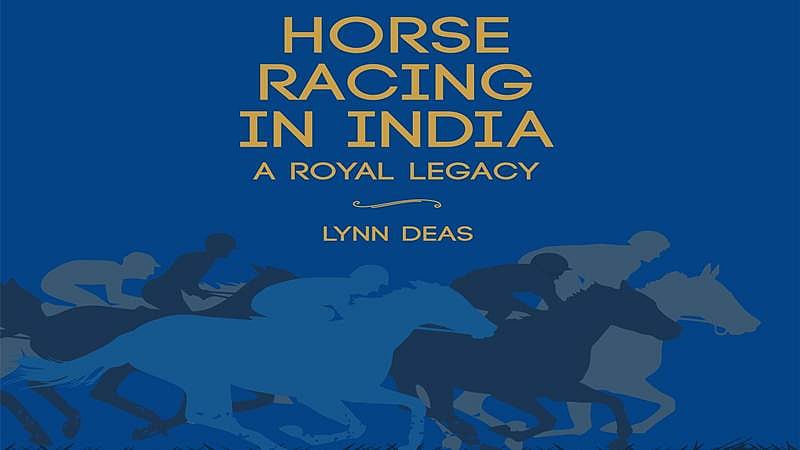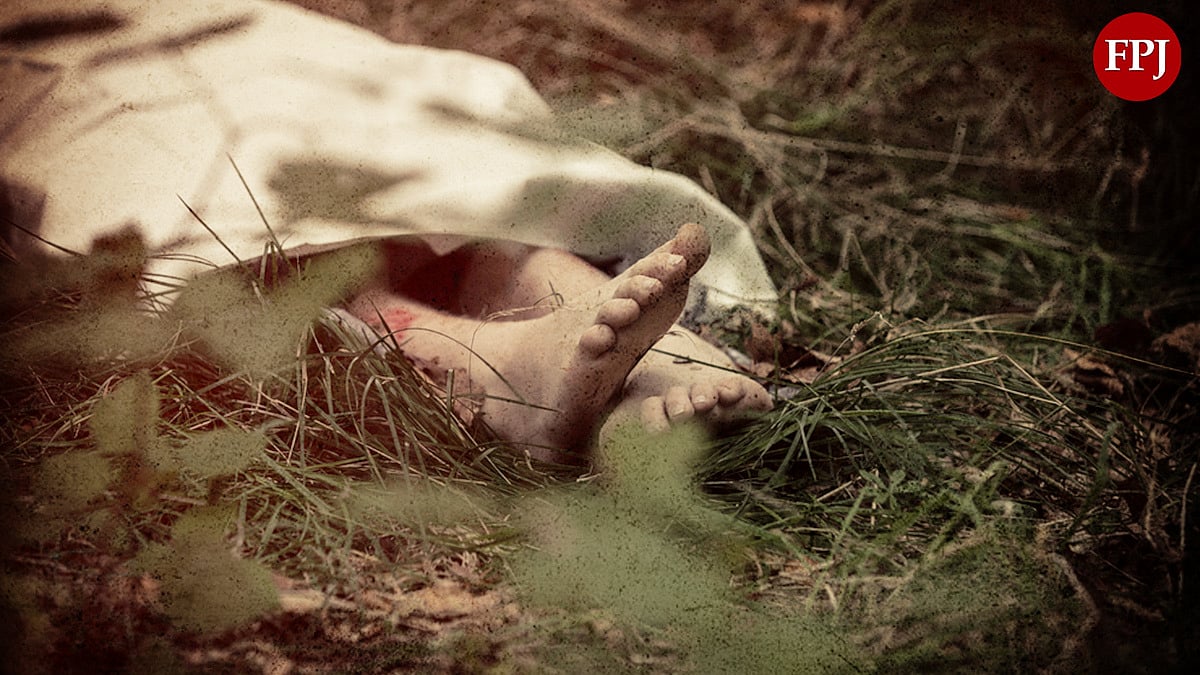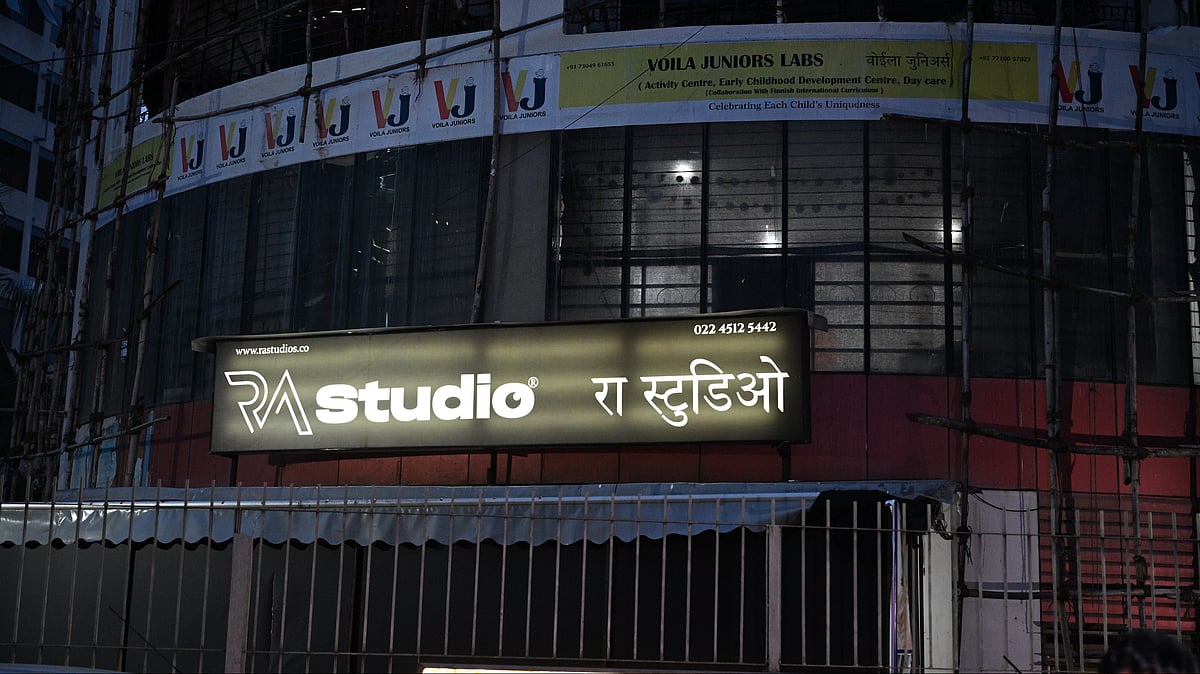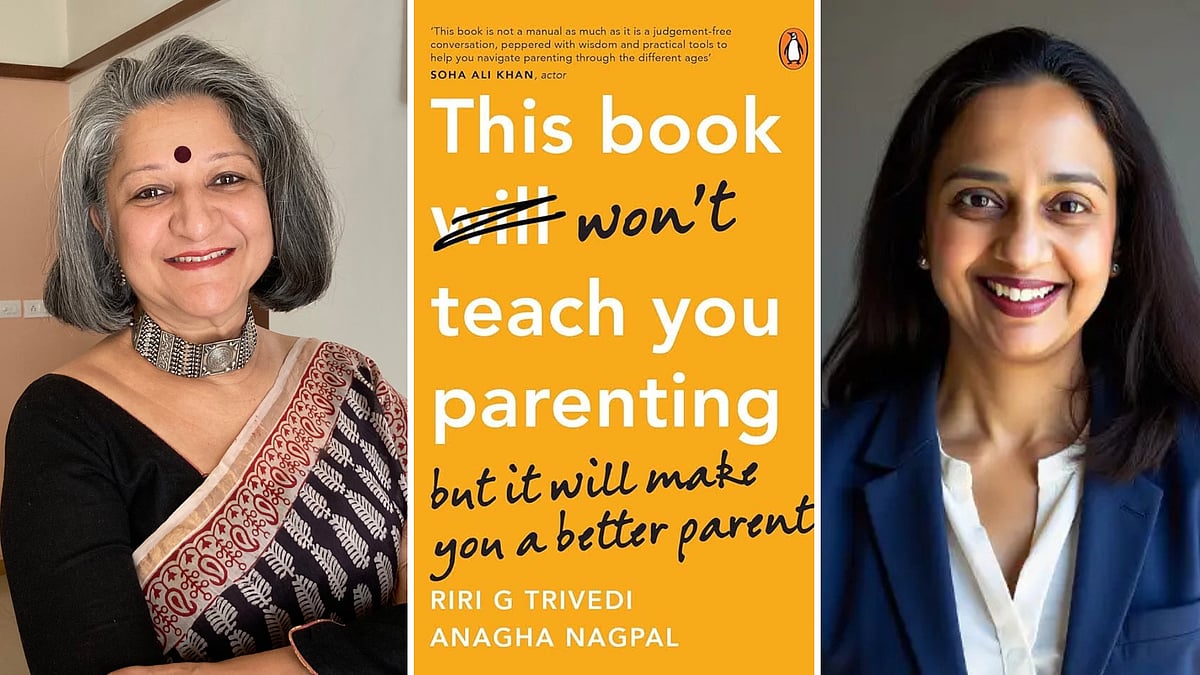Headline: ‘Finally a tribute to the racehorse’
Name of book: Horse Racing in India – A Royal Legacy
Author: Lynn Deas
Published by: Niyogi books
No. of pages: 278
Also Read: The Price of Prosperity by Todd G Buchholz
The horse has a long history. There is evidence of horses in France in the Neolithic age and in Egypt in the 18th century BC. The gradual domestication of the horse was accompanied by a slow but continues development in harnessing (the horse collar, saddle, stirrup, bits, reins, harness, tandem teams, and shoes). In the Roman period horses were badly harnessed (they would choke) and could only draw a relatively light load. In the twelfth century their performance suddenly improved as a result of the ‘horse collar’ and thereafter they played a very large part in tilling and transport. The transformation was one of a series of changes which propelled the rise of northern Europe. There are a few very telling scene in the film ‘War Horse’ directed by Steven Spielberg in which, the father and son confront each other on the act of ‘collaring’ the horse.
In India the horse was quite rare in ancient times and it was not until fleets arrived loaded with horses from Persia, that the situation altered. All Indian kingdoms were faced with having to increase the numbers of horse and horsemen in order to protect themselves and survive.
In writing this book Lynn Deas has set the modern record straight and shows how India was developed into a top class Asian horse racing centre. The book is well structured and the history of racing in India is divided into four periods; prior to 1856, 1856-1914, 1914-1947, racing after Independence. An intriguing set of facts emerge in the telling of the story. Racing started in Madras around 1777 and by 1799 English horses began to appear on the racetrack. The Bengal Jockey Club was established in 1803 and the Calcutta race results were published in England. The import of horses was not a simple exercise as the horses were exposed to serious risk when sailing around the Cape of Good Hope. The opening of the Suez Canal in 1869 had a spontaneous effect on Indian racing, as horses could reach India in a matter of weeks instead of a couple of months.
One of the most famous names, the world over, the Aga Khan family, first began racing on the Indian race tracks in 1846. The Aga Khan family is the only family to ever win ten Epsom Derbies. His horses raced against those of the Maharaja of Darbanga who had a trophy named The Darbanga Cup. Along with the Viceroy’s Cup and the Turf Club Cup these races formed a highly prized nucleus of races, with victory much sought after by the biggest names in racing. Another famous and immensely popular personality was Maharaja Sir Pratap Singh of Idar. His successors continue the legacy of horse breeding to this day. In their honour the Idar Gold Cup is a prominent fixture in the Poona racing prospectus.
The administrative aspect of horse racing did not lag behind and strenuous efforts were continuously made to ensure that the racing public had the benefit of a clean and fair sport. Happily the State administration also took a keen interest in the betterment of racing. In 1863 men like Sir Mark Cubbon and Lewin Bentham Bowring in Bangalore, were responsible for granting 87 acres of land to the Bangalore Turf Club, where present day racing is still held in the summer and winter seasons.
In 1889 there were as many as 52 racecourses in pre partition India and in 1894; the number had increased to 73. These were under the jurisdiction of the Calcutta Turf Club which began to feel the need to decentralize. In Bombay the Bombay Turf Club officially became The Western India Race Club. Owners raced largely on their own money raised through subscription of 20 to 30 gold mohurs each. The course did not have adequate funds for larger purses as there was no gate money and there was no prize money for horses that placed.
In the early days of Indian racing it was, without doubt, the sport of the ‘white man’, royalty and the privileged and it was not until the introduction of the tote, that the common man had easy access to placing a bet. Horse racing is concerned with both horses and gambling, for it is more than merely a lottery. The central role gambling plays in horse racing is immediately obvious. For most people who go racing the day’s enjoyment lies in making decisions, placing bets and then being proved right or wrong. The excitement of the sport lies in its immediate and competitive nature. With the introduction of gambling, the gate numbers swelled.
The system of classifying horses into four divisions was introduced in Calcutta. No horse could run other than in the division in which he or she was classified. Horses were promoted or demoted as their form dictated. The system evolved over a period of time, getting more defined and eventually perfected
Between 1914-1946 there were two world wars. Many racecourses were compelled to shut down. As a direct result of the restrictions placed on racing in England the racing in Calcutta boomed. Calcutta was not the only course that captured the interest of Indian royalty. Western India too, had its fair share of support. Always a keen sportsman, polo player and racing enthusiast Maharaja Vijaysinh of Rajpipla popularly known as Mr. Pip had the unique distinction of winning three Derbies in three different countries, The Indian Country Bred Derby, Irish Derby and the Epsom Derby with Windsor Lad in 1934.. Bobby Talyerkhan wrote a touching obituary when the Maharaja died.
As was expected of a descendant of Shivaji the Great, HH Shri Rajaram Chatrapati the Maharaja of Kolhapur was a keen lover of horses. He started racing and notched up many notable victories. He founded the Kolhapur Stud Farm and in a continuing tradition, the all orange colours can still be seen on the Mahalaxmi track.
After Independence racing underwent a drastic change and Indian bred horses were almost granted a monopoly. Betting tax was increased. However, the arrival of a puritan streak in Indian politics saw a threat being posed. By then horse breeding had taken off in a big way and the prospect of huge job losses in the backward areas as well as loss of revenue from racing, dampened the enthusiasm of the naysayers.
Also Read: A many splendoured thing!
Chandragupta Maurya had a cavalry of 80,000 horses which suggests that it consisted of both imported and indigenously bred horses. In the very early days there were three routes through which horses could enter India; through the mountain passes of north-west India, across the Arabian Sea in dhows and Tibetan ponies from the north-east. Australia became a leading exporter to India. In Australia this was referred to as the ‘glorious’ India business. Agents with their shipments managed to sell about 3000 horses per year, arriving in Calcutta in November and staying on till Christmas and New Year.
The evolution of the Indian Stud Farms is a fascinating story spread over thirty five pages that cover the entire period from early times to the present day.
Anybody interested in horse racing must sometimes wonder what it is that enables one horse to run faster than another. All horses are bred to be athletes and reared and trained with a view to maximizing their racing ability. Yet by the time they are three years old their racing prowess will be widely differentiated. There is a gulf between the distinguished Derby winner and the sort of horse the wins minor handicaps or other small races. However this gulf is neither readily observable nor easily explained.
All in all this is a fine book which manages to place the horse in a fascinating perspective. It is surely a matter of pride, the world over to have cemented a lasting relationship between this noble animal and human kind. The book makes for interesting reading for those with a larger interest in sporting affairs and to racing aficionados, the book is worth every rupee of its lofty price.









